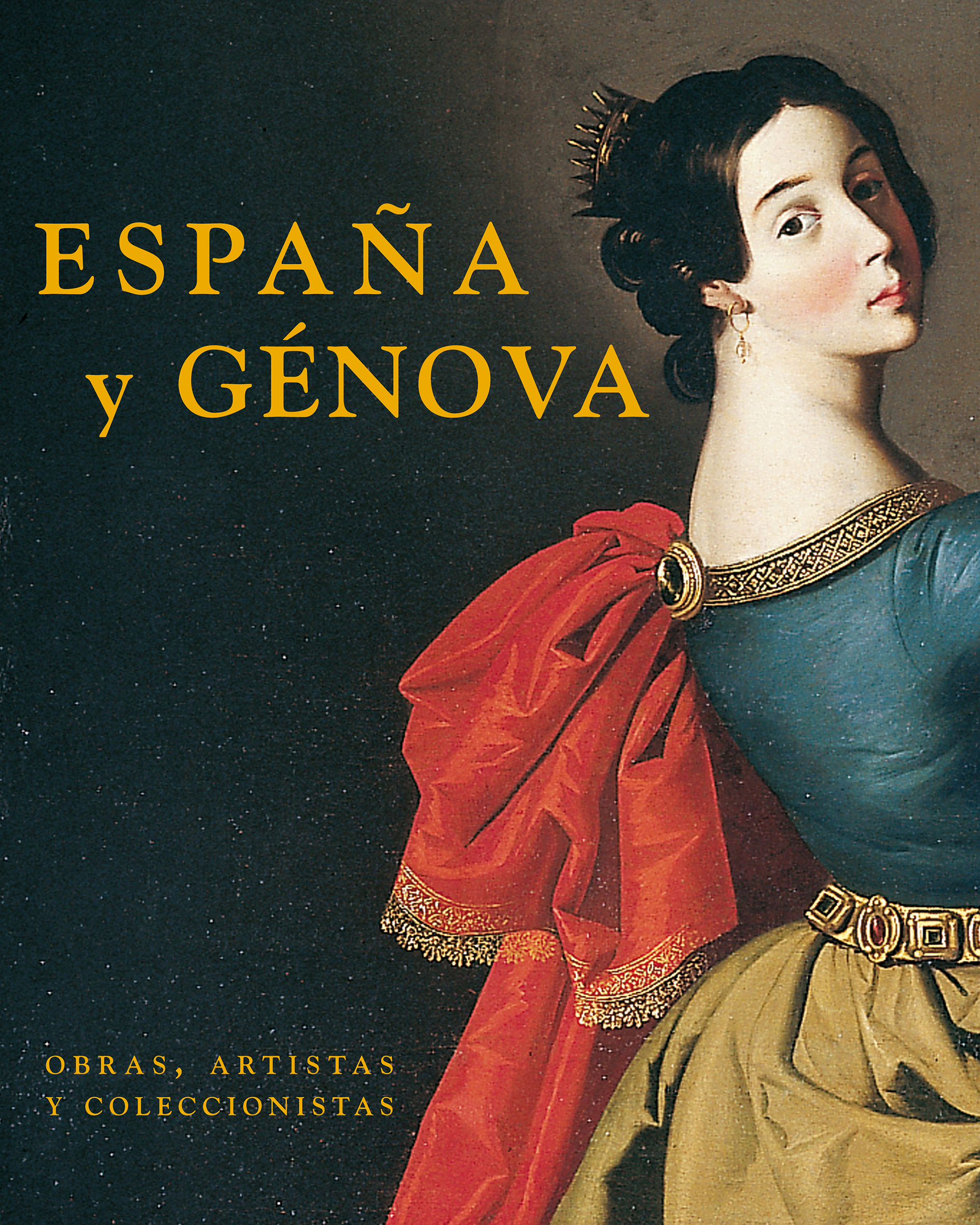Author
Piero Boccardo, José Luis Colomer and Clario Di Fabio (dirs.)
Characteristics
272 pages; 246 color illustrations; hardcover with jacket; 24 x 30 cm
Publication
Spanish; jointly published with the Fundación Carolina; 2003
ISBN
978-84-933403-4-0
Price
€62,50
Stemming originally from the circulation of International Gothic and early Renaissance painting around the Mediterranean, artistic relations between Genoa and Spain were given definitive impetus by the strong political and economic ties that linked the republic to the Spanish monarchy from the mid sixteenth century onwards. Philip II’s sending for a large number of Genoese painters to take part in the decoration of the monastery of the Escorial was one of the first milestones in a long flow of artists, works and materials from Genoa to the Iberian Peninsula over the centuries. This volume brings together a set of recent research papers on the key figures in these age-old links between Spain and Genoa and on the influence in Spain of Genoese works and collections of Italian art brought to Spain by Genoese.
Piero Boccardo earned a degree in Art History from the University of Genoa, furthered his studies at the Universidad Autónoma in Madrid and the Musée du Louvre, and gained his doctorate with a thesis on collecting among the Genoese aristocracy in the seventeenth and eighteenth centuries. He is director of the Musei di Strada Nuova in Genoa and has curated various exhibitions, among them Van Dyck a Genova (1997), L’Età di Rubens (2004), and Il tormento e l’estasi. I San Sebastiano di Guido Reni a confronto (2007). He is the author of studies such as Andrea Doria e le arti (1988) and I Grandi disegni italiani del Gabinetto disegni e stampe di Palazzo Rosso (1999).
José Luis Colomer holds a PhD in Comparative Literature from the University of Bologna and a degree in Art History from the Sorbonne. He currently directs the Centro de Estudios Europa Hispánica and the Center for Spain in America. His research addresses cultural relations between Spain and Italy in the seventeenth century through diplomatic agents and the exchange of gifts of artworks between the European courts and Spanish kings and queens, as well as Velázquez’s second journey to Rome and his connections with prominent Italians at the court of Madrid.
Clario Di Fabio teaches Art History at the University of Genova and has directed the Galleria di Palazzo Bianco. He carries out research on artistic relations between Liguria and Europe and has published many studies on medieval and Renaissance art, including La cattedrale di Genova nel medioevo (secoli vi-xiv) (1998) and Genova e la Francia: opere, artista, committenti, collezionisti (2003, with Piero Boccardo and Philippe Sénéchal).

